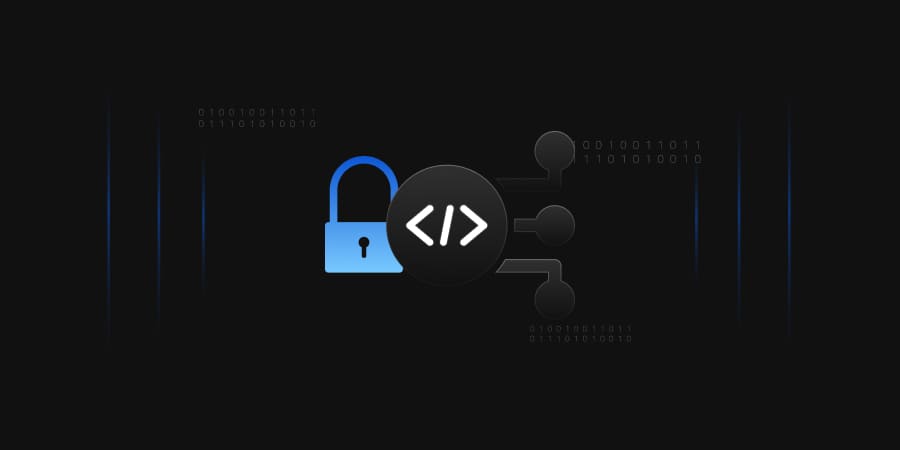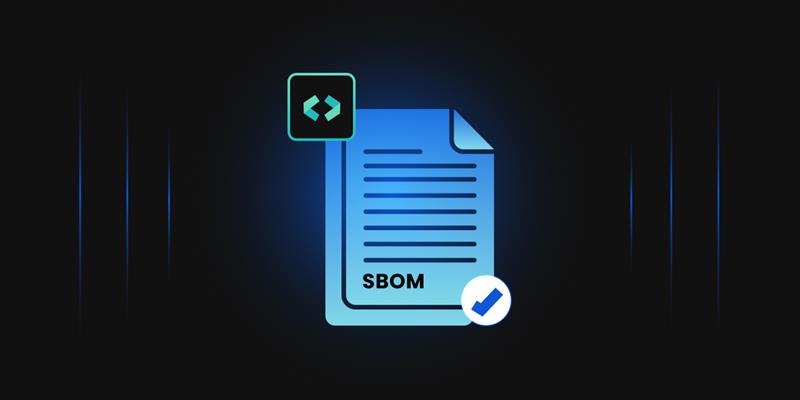In today’s digital landscape, ensuring the security and integrity of software applications is paramount. With the increasing frequency and sophistication of cyberattacks, organizations must adopt robust security measures to protect their software build pipelines. Code signing emerges as a critical component in this regard, providing a mechanism to verify the authenticity and integrity of software during the build process.
Understanding Code Signing
Code signing is the process of digitally signing software executables and files to establish their authenticity and integrity. It involves of using cryptographic techniques to bind a digital signature to the software, indicating that it has not been tampered with since the signature was applied. Code signing employs public key infrastructure (PKI) to generate digital certificates that bind the software publisher’s identity to the code being signed. The certificate contains a digital signature that can be verified using the corresponding public key. Digital certificates issued by trusted certificate authorities (CAs) are used to sign the software code.
These certificates include information about the publisher, the validity period, and the public key used for verification. Verifying the digital signature against the public key ensures the integrity and authenticity of the code.
Code Signing in the Software Build Pipeline
In today’s digital landscape, ensuring the security and integrity of software applications is paramount. With the increasing frequency and sophistication of cyberattacks, organizations must adopt robust security measures to protect their software build pipelines. Code signing emerges as a critical component in this regard, providing a mechanism to verify the authenticity and integrity of software during the build process.
Securing the software supply chain and protecting against tampering are key challenges that organizations face. Code signing addresses these challenges by offering authenticity, verification, and integrity assurance. By integrating code signing into the software build pipeline, organizations can establish trust with users and customers, strengthen the software supply chain, and mitigate the risks associated with malicious actors.
Benefits of implementing code signing in the build pipeline
-
Authenticity verification
Code signing allows users to verify the authenticity of the software they are installing by confirming the digital signature against the publisher’s certificate. This instills confidence in users that the software has not been tampered with and comes from a trusted source.
-
Integrity assurance
Code signing provides a way to detect any modifications or tampering attempts made to the software. If the code is altered after signing, the digital signature verification will fail, indicating a potential security risk.
-
Protection against tampering
Signed code is resistant to tampering, as any modification will invalidate the digital signature. This helps prevent malicious actors from injecting malicious code or introducing vulnerabilities into the software.
-
Establishing trust with users and customers
By signing software with trusted certificates, organizations can establish trust with their users and customers. Digital signatures provide a visible assurance of authenticity and security, enhancing the software’s reputation and the organization behind it.
Code signing and continuous integration/continuous deployment (CI/CD) workflows
-
Integrating code signing into GitLab CI/CD pipelines
GitLab, a popular DevOps platform, offers comprehensive support for code signing within its CI/CD pipelines. Developers can incorporate code-signing steps at various stages of the pipeline to ensure the security and integrity of the software being built.
-
Automated code signing processes
GitLab enables organizations to automate the code signing process by integrating with certificate authorities and key management systems. This streamlines the signing workflow and reduces manual effort while maintaining security.
Implementing Code Signing with GitLab
GitLab and code signing
GitLab provides native features and integrations that make implementing code signing in your software build pipeline convenient. It supports different code signing mechanisms, including signing executables, container images, and release artifacts.
Setting up code signing in GitLab
To implement code signing in GitLab, you need to generate and manage digital certificates. This involves obtaining a certificate from a trusted CA or setting up an internal CA. GitLab allows you to store and manage certificates securely within the platform.
-
Generating and managing digital certificates
You can generate a certificate signing request (CSR) within GitLab or use an existing certificate and private key pair. GitLab’s integrated certificate management allows you to store and manage certificates securely.
-
Configuring GitLab CI/CD for code signing
GitLab CI/CD pipelines can be configured to include code-signing steps using predefined or custom scripts. You can sign the software artifacts using the private key associated with the certificate and store the signed artifacts securely.
Challenges and Considerations
-
Overcoming implementation challenges
Implementing code signing in a software build pipeline may present challenges, such as managing certificates, ensuring key security, and integrating with different development and deployment tools. Proper planning, automation, and documentation are essential to overcome these challenges.
-
Balancing security and development speed
Code signing adds an additional step in the build process, which may impact development speed. Organizations need to strike a balance between security requirements and the need for efficient and agile software development.
-
Code signing for open-source projects
Open-source projects often rely on code signing to establish trust. Organizations contributing to or leveraging open-source software should consider implementing code-signing practices to maintain the integrity of the software and the community’s trust.
-
Key management and certificate revocation
Managing private keys and handling certificate revocation are crucial for code signing. Organizations must have proper procedures in place to ensure secure key storage, key rotation, and timely revocation of compromised or expired certificates.
Code Signing as a Security Control
-
Complementing other security measures
Code signing is not a standalone security measure but works in conjunction with other security controls. It complements practices such as vulnerability management, secure coding, and secure deployment to provide a comprehensive security strategy.
-
Protecting against malicious actors
Code signing helps protect against supply chain attacks and malicious code injection. It ensures that only authorized code is executed and prevents unauthorized modifications that could introduce vulnerabilities or malware.
-
Code signing and vulnerability management
By integrating code signing with vulnerability management processes, organizations can verify that software updates or patches come from trusted sources. This reduces the risk of inadvertently installing compromised or malicious software.
-
Compliance and regulatory considerations
Code signing can assist organizations in meeting compliance requirements and regulatory standards. Many industry regulations mandate code signing for specific software types, and demonstrating adherence to these regulations is simplified with code signing in place.
Conclusion
Code signing is vital in securing the software build pipeline, protecting software applications from tampering, and ensuring their authenticity and integrity. GitLab provides comprehensive support for code signing, making it easier for organizations to implement this critical security control. By integrating code signing into the CI/CD workflows, organizations can establish trust with users and customers, strengthen the software supply chain, and mitigate the risks associated with malicious actors. Embracing code signing in the software development lifecycle is essential to building secure and reliable software applications in today’s threat landscape.




